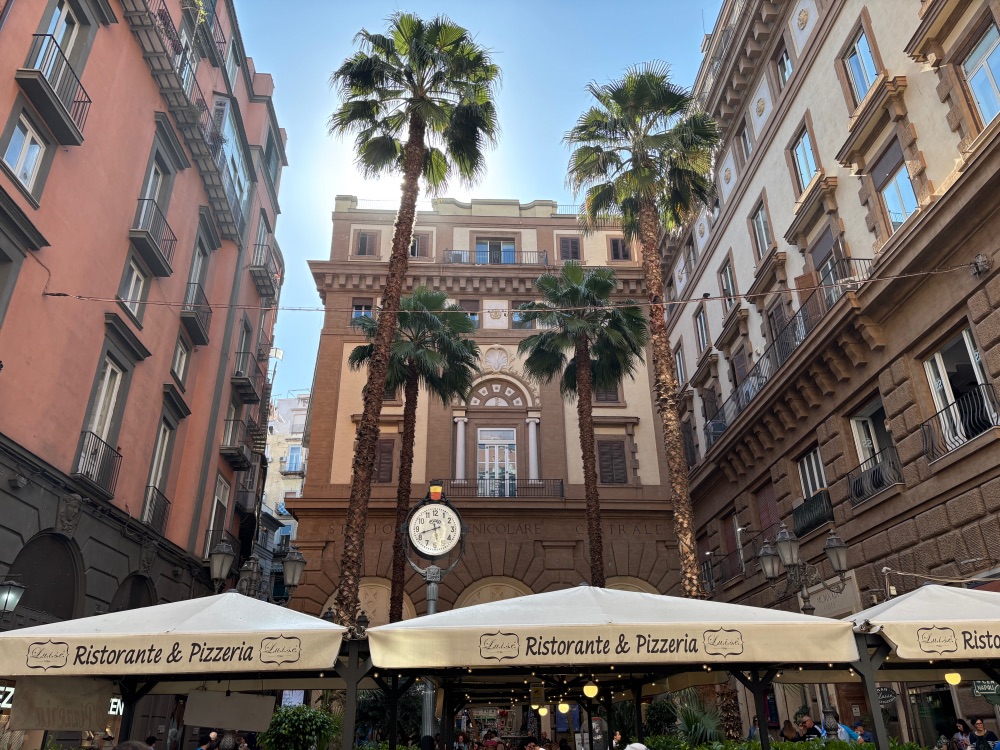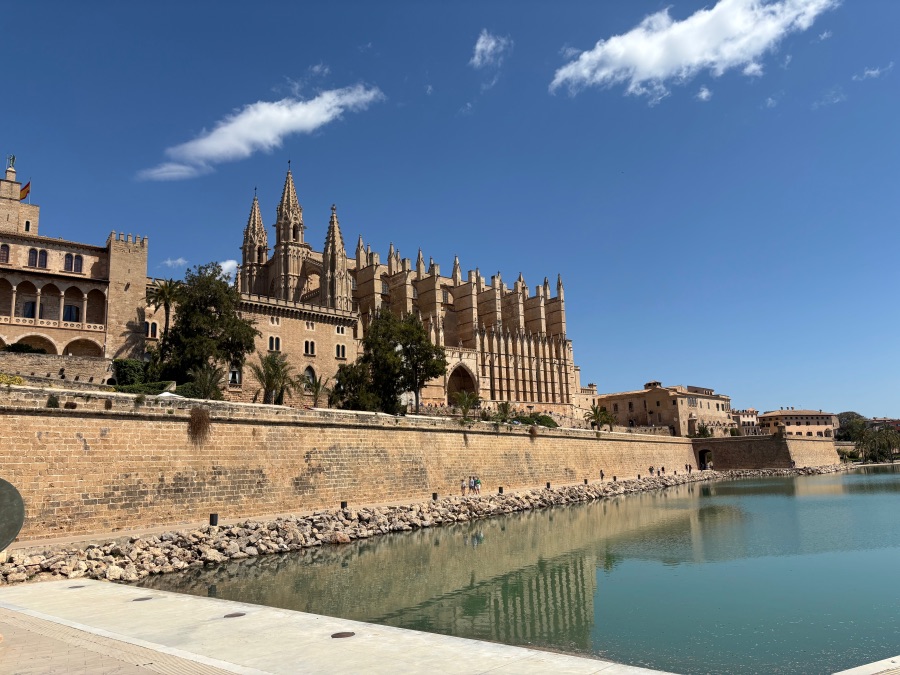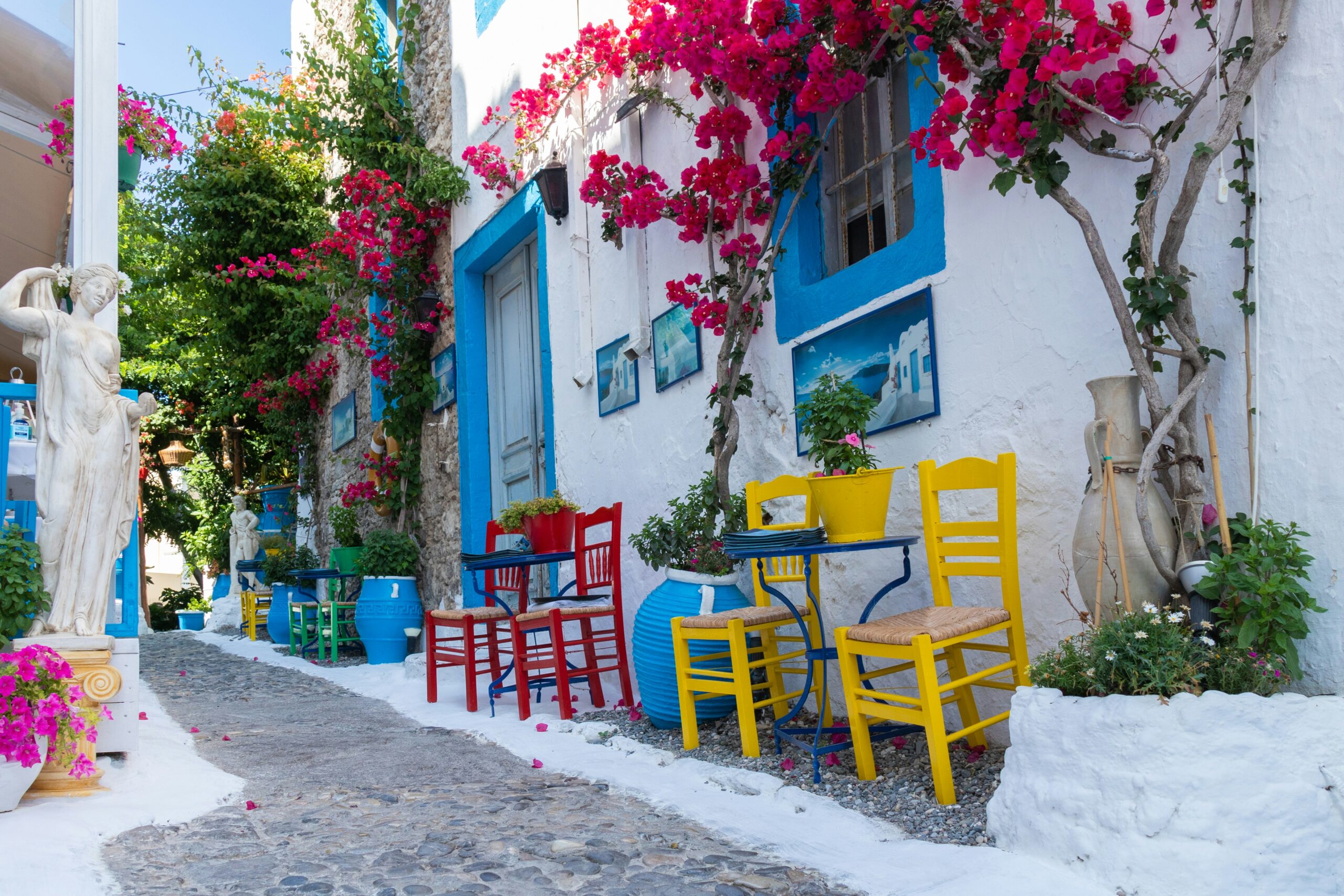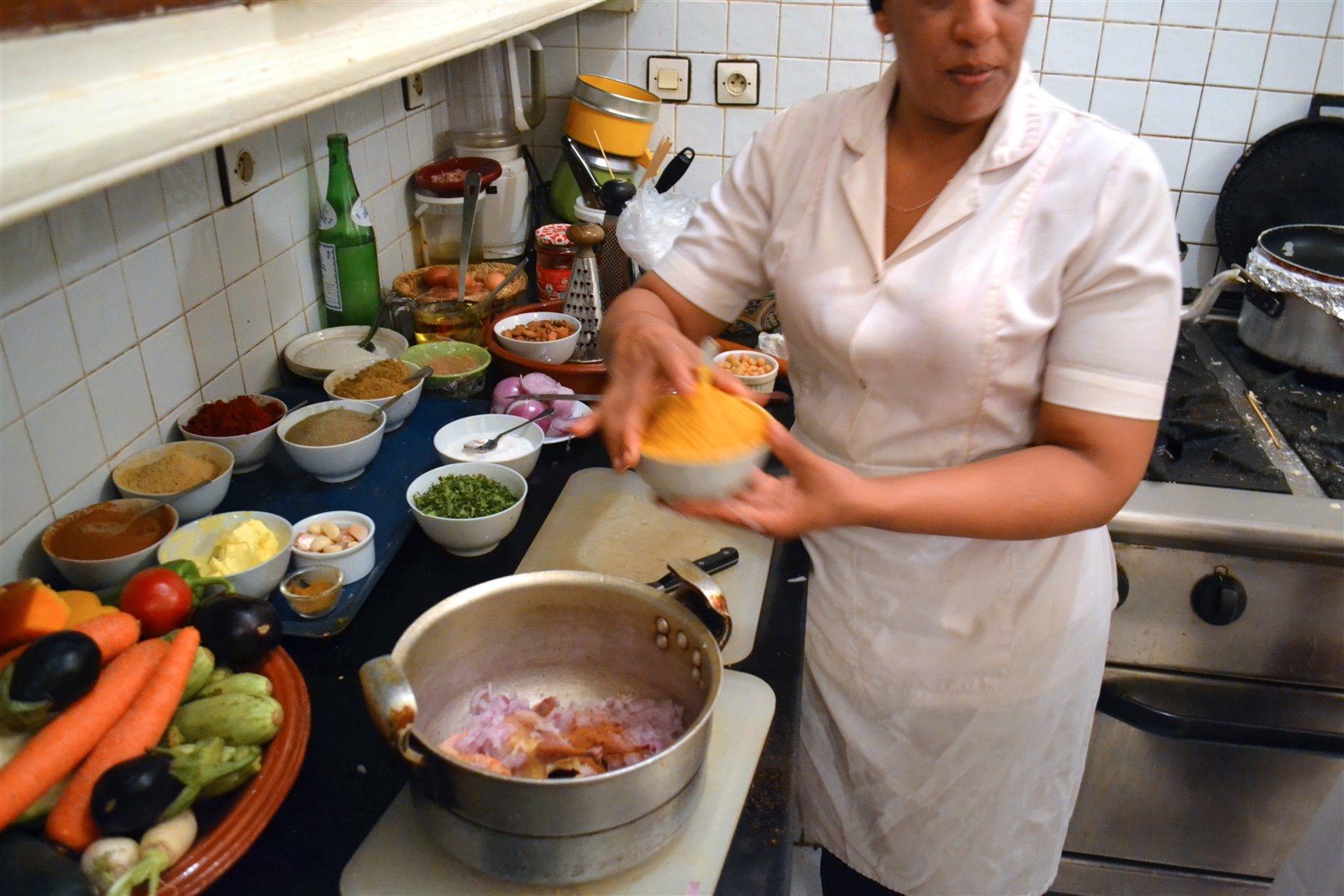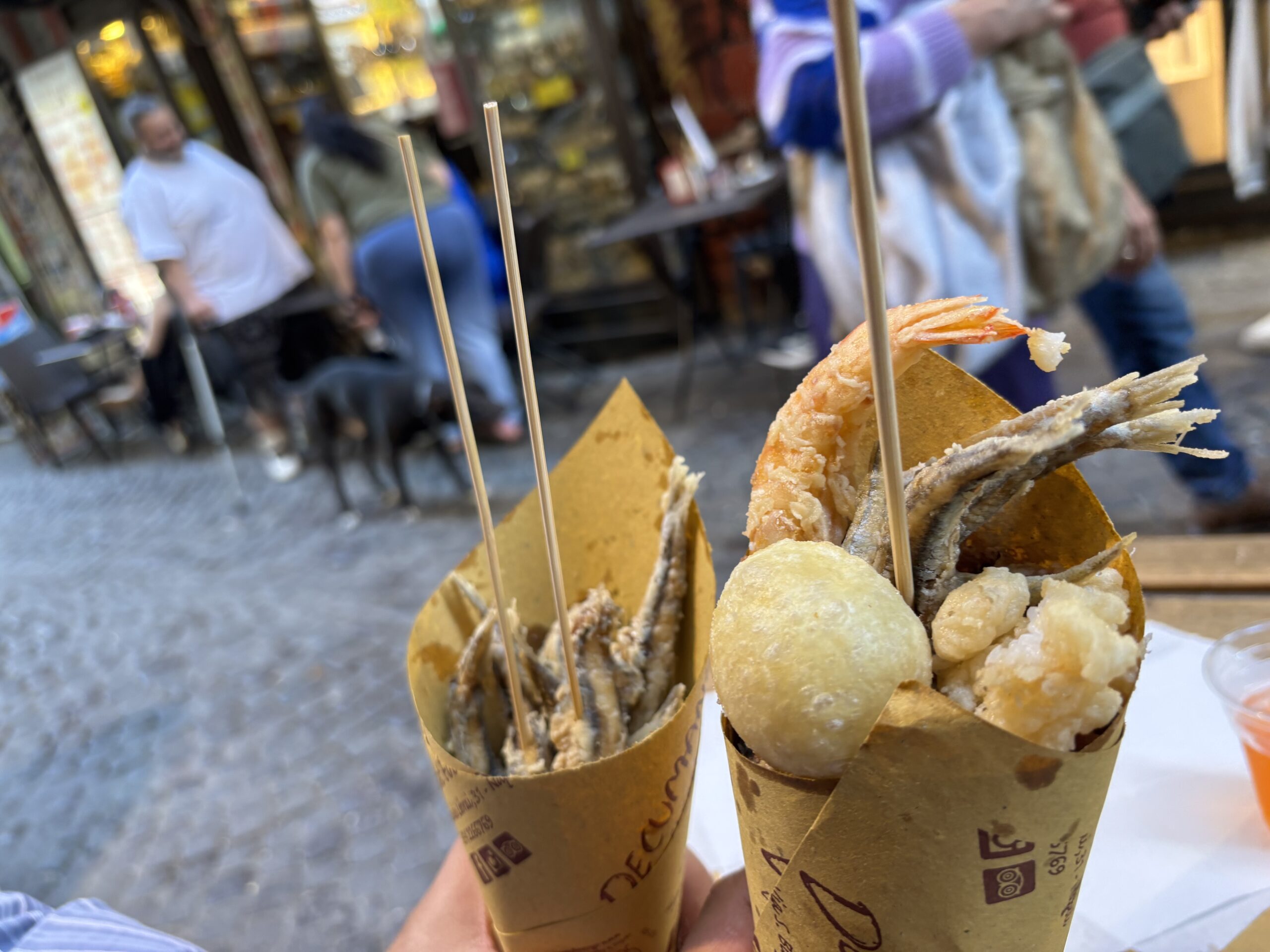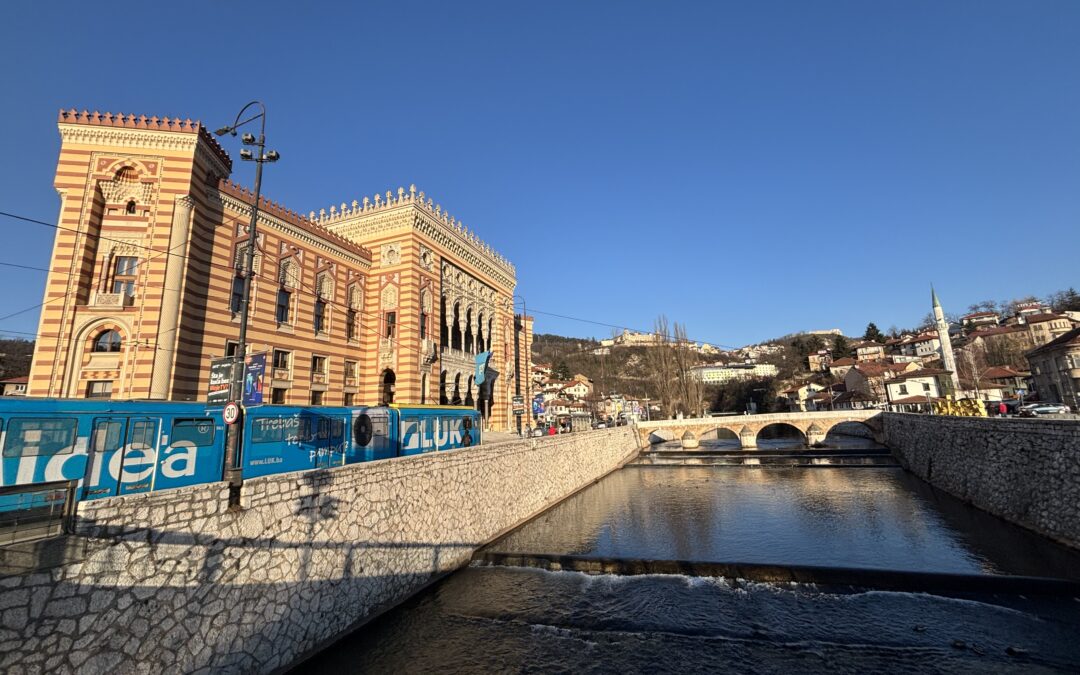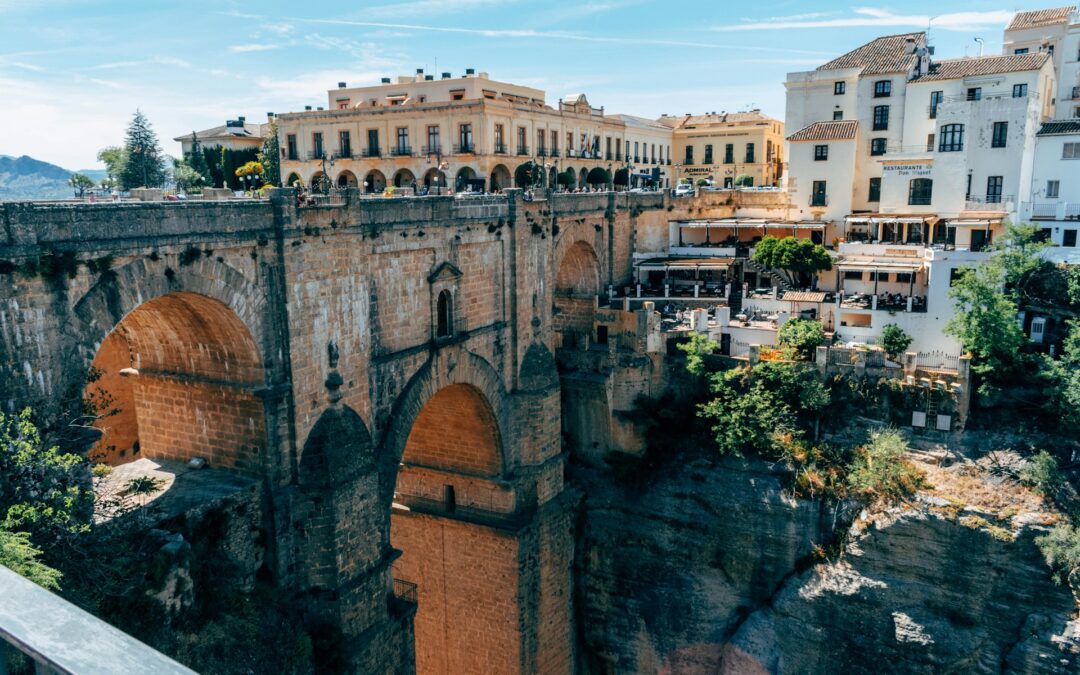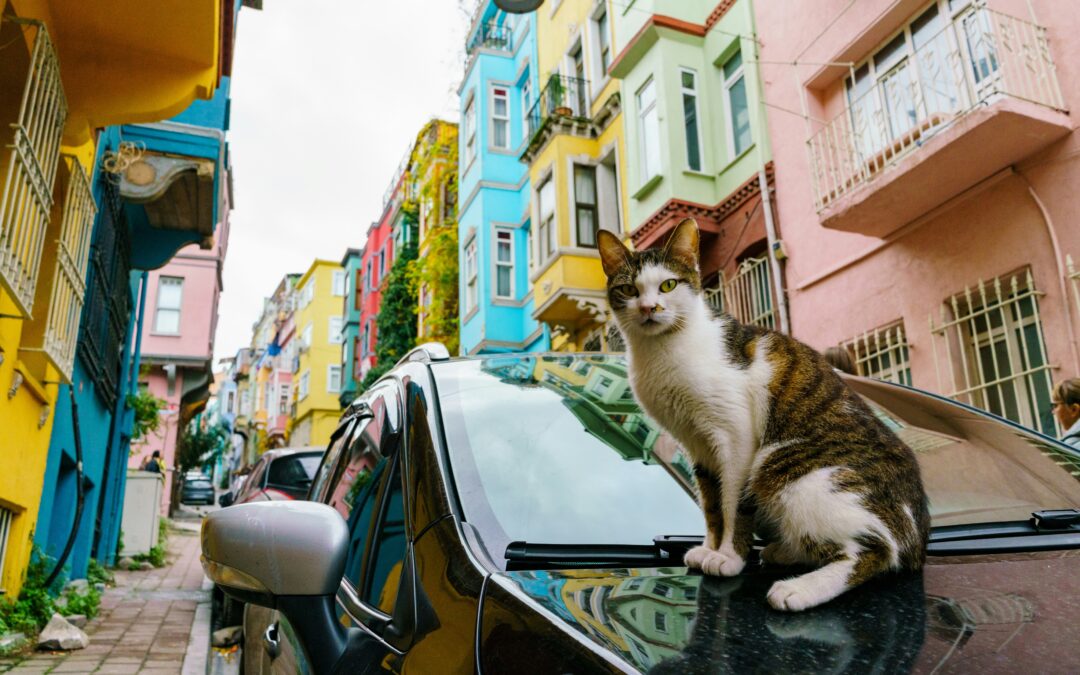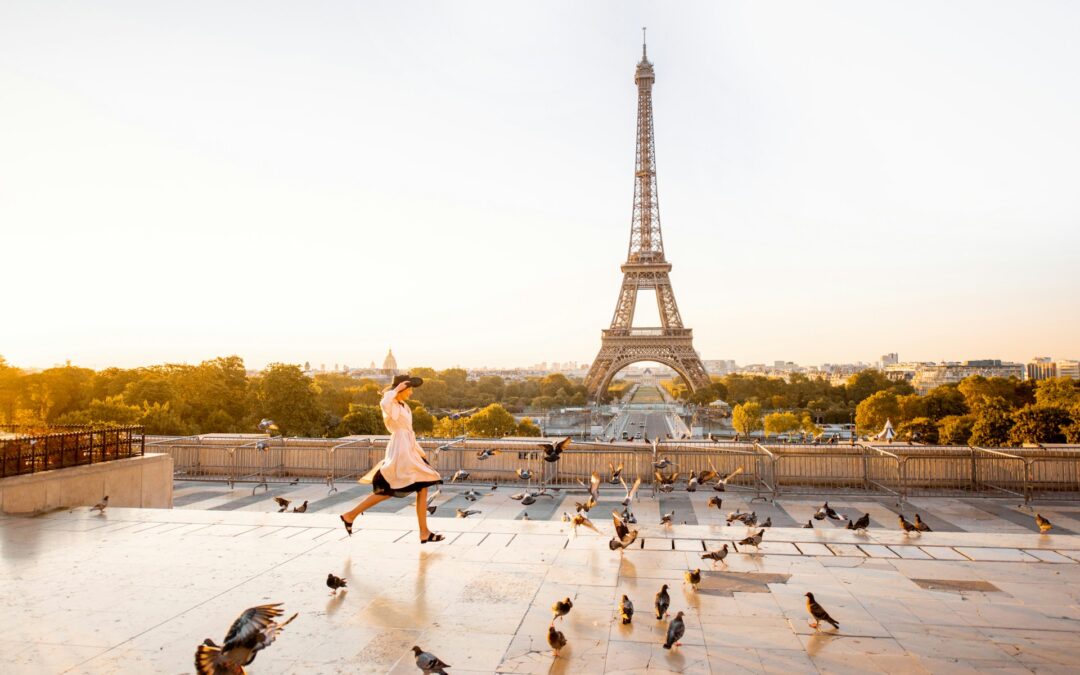Nestled in the heart of Croatia lies a natural wonderland unlike any other, the Plitvice Lakes National Park. An oasis of crystal-clear lakes, vibrant green forests, and cascading waterfalls, this UNESCO World Heritage site offers a breathtaking experience for nature enthusiasts and adventure seekers alike. With over 73,000 acres to explore and activities ranging from hiking to kayaking, Plitvice Lakes is a must-visit destination for any traveler. Join us as we take an in-depth look at the natural splendor, cultural significance, and practical considerations for planning your visit to the Plitvice Lakes National Park.
Introduction to Plitvice Lakes
Plitvice Lakes National Park is one of the most stunning natural wonders in Croatia, with its 16 interconnected lakes cascading into each other through a series of waterfalls and cascades. The park is listed as a UNESCO World Heritage site and attracts visitors from all over the world who come to admire its breathtaking beauty.
Overview of the Destination
Plitvice Lakes National Park is situated in central Croatia, in the region of Lika-Senj. It covers an area of 296.85 km², and its centerpiece is the chain of lakes, which are divided into the upper and lower lakes. The park is also home to a rich diversity of wildlife, including bears, wolves, otters, and rare bird species.
Location and How to Get There
The park is easily accessible by car, bus, or train from major Croatian cities like Zagreb, Split, and Zadar. The nearest major airports are Zagreb and Zadar, which offer direct flights from major European cities. From there, you can rent a car or take a bus to the park’s entrance.

The Natural Splendor of Plitvice Lakes
Geological Formation of the Lakes
The Plitvice Lakes were formed over thousands of years through the erosion and deposition of travertine, a type of limestone that’s rich in calcium carbonate. The water flowing through the park is rich in carbonates, which react with the travertine to create a series of natural dams and barriers that have created the stunning cascades and waterfalls.
Flora and Fauna of the National Park
The park is home to a wide range of plant and animal species, including some that are rare and endangered. The forests surrounding the lakes are home to animals like bears, wolves, lynx, and wild boar, while the lakes and rivers are home to a variety of fish and amphibians. The park is also known for its diverse array of plant life, including orchids, ferns, and mosses.
Exploring the Plitvice Lakes National Park
Available Trails and Route Options
The park has several trails that take visitors through different areas of the park, each offering a unique perspective on the lakes and waterfalls. The most popular routes are the A, B, and C routes, which take you through the park’s most picturesque areas. You can also choose from several longer and more challenging trails that take you deeper into the park’s wilderness.

Highlights of Each Trail
Each trail offers its own highlights, from cascading waterfalls to shimmering lakes. The A route takes you along the lower lakes, while the B route takes you along the upper lakes. The C route offers a combination of both, and takes you to the park’s highest waterfall, Veliki Slap. The longer trails offer more opportunities to explore the park’s natural beauty and wildlife.
Activities to Experience at Plitvice Lakes
Hiking and Trekking
The park’s trails cater to hikers of all skill levels, from easy strolls to challenging treks. You can explore the park’s most picturesque areas on the A, B, and C routes, or venture deeper into the park’s wilderness on longer and more challenging trails.
Boating and Kayaking
Visitors can explore the lakes and waterfalls on boardwalks and footpaths, or take a boat ride on Lake Kozjak. You can also rent a kayak or paddleboat to explore the lakes at your own pace.
Swimming and Fishing
Swimming is not allowed in the lakes, but visitors can fish in the park’s rivers and streams. The park is home to several species of fish, including trout and grayling, which can be caught with a fishing license.
The History and Culture of Plitvice Lakes
Historical Significance of Plitvice Lakes
Plitvice Lakes National Park is more than just a stunning natural wonder. The park has a rich history that spans centuries. During the 17th century, the area was part of the Ottoman Empire and served as a strategic location for military operations. Following the Austrian-Hungarian occupation in the late 19th century, the area was transformed into a popular health resort, attracting visitors from across Europe.
Cultural Attractions within the National Park
In addition to its natural beauty, Plitvice Lakes is home to several cultural attractions that offer insight into the history of the area. Visitors can explore the traditional watermills and sawmills that were once used to power the local economy. There are also several rustic cabins and houses, which were built using traditional construction techniques that have been passed down through generations of local people in the region.
Planning Your Visit to Plitvice Lakes
Best Time to Visit and Weather Considerations
The best time to visit Plitvice Lakes National Park is during the shoulder seasons of April-May and September-October, when the park is less crowded and the weather is milder. During the summer months, the park can get quite busy, with long lines at the entrance and on the trails. Weather in the park can be unpredictable, so it’s best to come prepared with appropriate clothing for rain or shine.
Ticket Prices and Purchase Options
Ticket prices for Plitvice Lakes National Park vary depending on the time of year and the length of your visit. There are also discounts available for students, children, and seniors. Tickets can be purchased online in advance, or at the park entrance on the day of your visit. To avoid long lines, it’s recommended to purchase tickets in advance.
Accommodations and Dining Options at Plitvice Lakes
Accommodation Options within the National Park
For those who want to stay overnight at Plitvice Lakes National Park, there are several accommodation options available. From luxurious hotels to cozy cabins, there’s something for every budget and preference. For a unique experience, visitors can even stay in the park’s historic watermill houses, which have been converted into charming guesthouses.
Local Cuisine and Dining Recommendations
The restaurants and cafes within Plitvice Lakes National Park offer a range of traditional Croatian dishes, as well as international cuisine. Some popular local dishes include cevapi (grilled meat sticks), sarma (stuffed cabbage), and burek (a savory pastry filled with meat). For a special treat, visitors can try local honey and cheese, which are produced by the park’s resident beekeepers and cheesemakers.
Final Tips and Recommendations for Visitors
To fully experience Plitvice Lakes National Park, it’s important to come prepared with comfortable walking shoes, water, and weather-appropriate clothing. Visitors should also respect the park’s rules and regulations, such as staying on designated trails and not feeding the wildlife. With a little planning and a spirit of adventure, a trip to Plitvice Lakes National Park is sure to be an unforgettable experience.Whether you are seeking adventure or simply looking to immerse yourself in the beauty of nature, Plitvice Lakes is an experience you will never forget. With its unique geological formations, diverse wildlife, and stunning waterfalls, this national park is an ideal destination for anyone looking to escape the hustle and bustle of modern life. So why wait? Begin planning your Plitvice Lakes adventure today and discover for yourself the breathtaking beauty of this one-of-a-kind destination.
FAQ
What is the best time to visit Plitvice Lakes?
The best time to visit Plitvice Lakes is during the shoulder seasons of April through May or September through October, when the weather is mild and the crowds are smaller. However, even in the peak summer months, the park is still worth a visit despite the larger crowds.
What are the ticket prices for Plitvice Lakes National Park?
Ticket prices vary depending on the time of year, with higher prices during peak season. As of 2022, adult tickets range from 120-300 HRK (Croatian Kuna), with discounts for children, students, and seniors. Visitors are strongly encouraged to purchase tickets in advance online, as on-site ticket purchases are limited.
Are pets allowed in the park?
No, pets are not allowed in the park except for guide dogs for the visually impaired. This rule is in place to protect the park’s natural habitat and wildlife.
What are some tips for hiking in Plitvice Lakes?
Wear comfortable and sturdy hiking shoes, and bring plenty of water and snacks. Always stick to the marked trails and follow all park rules and regulations. It is also important to be aware of the potential for slippery rocks and wet pathways, especially near the waterfalls. Finally, be sure to carry out any trash with you and leave the park as pristine as you found it.

